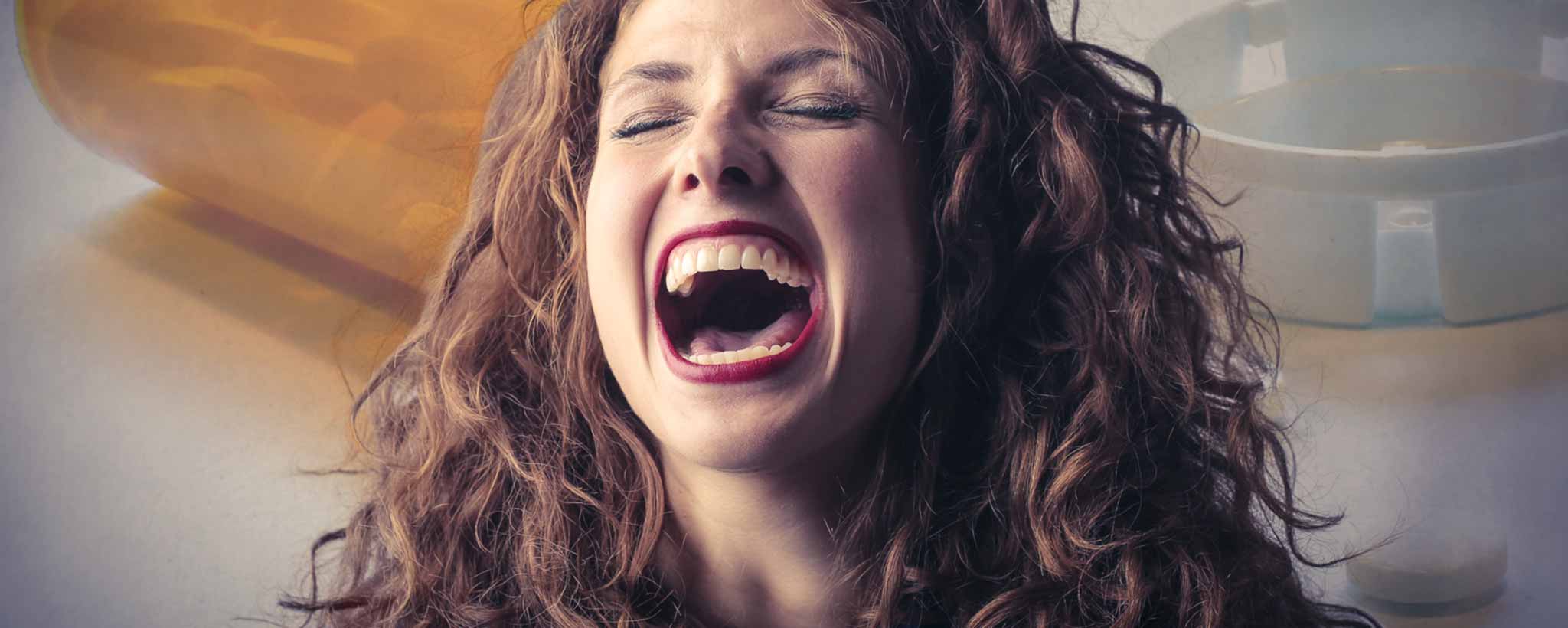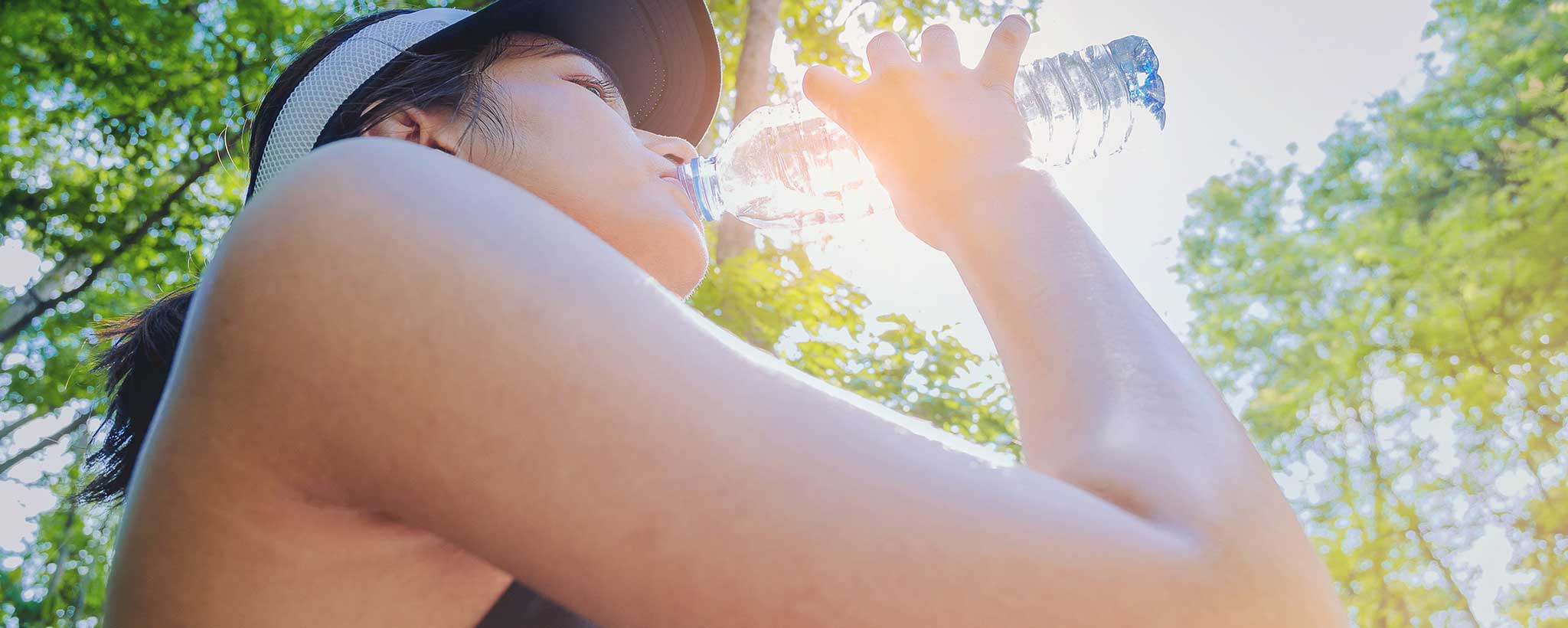Are caffeinated beverages efficient thirst-quenchers? Caffeine can affect the human body like nicotine and cocaine. What effect do caffeinated beverages have on dehydration?
There Are Better Ways To Stay Hydrated
Despite what you may see on Coca-Cola or Starbucks commercials, caffeinated beverages are inefficient thirst-quenchers. Your healthcare professional likely advises drinking around 8 cups of water per day. Consuming popular caffeinated beverages increases your water deficit.
Some medicines and nutritional supplements for weight loss also include caffeine. You might suffer from chronic migraines or vertigo. Does caffeine exacerbate or reduce symptoms?
Caffeine is a chemical with many biological reactions. People tend to focus only on the one they favor. For example, you may hear, “I can’t function until I have my morning coffee” or “I need a sports drink so I can focus.” This scientific overview will help you put caffeine in the proper context. Then you can determine whether there is a need to cut back or eliminate it from your diet.
The Chemical Process
I love fresh-brewed black coffee. Yet, I recognize that caffeine is both a stimulant and a sedative. Caffeine is also a diuretic. This means it drains fluids from the body, drying skin and causing other complications. With dehydration as the common denominator, caffeine intolerance can mimic symptoms of a hangover.
Though dosages vary, caffeine can affect the human body in the same way as nicotine and cocaine. Taken in sufficiently small doses, these methylxanthines, or plant alkaloids, alter the function of the nervous system.
The human body may adapt to the neurotoxic alkaloids, continuing to work, seemingly unaffected, despite interference. It does so simply by increasing production of indigenous adenosine (a-DEN-oh-seen).
Such adaptation, however, can result in painful withdrawal headaches during cessation or resumption as neurochemicals readjust. In the absence of caffeine, a regular user is oversensitive to adenosine and undersensitive to excitatory neurotransmitters. A caffeine consumer adapts to caffeine exposure but not to its deficiency.
Although caffeine fulfills some of the criteria for drug dependence and shares with amphetamine and cocaine a certain specificity of action on the cerebral dopaminergic system, it does not act on the dopaminergic structures related to reward, motivation, and addiction.
The molecularly similar shape of caffeine allows it to fit into and block adenosine receptors that are embedded within the surface membranes of neurons. “If adenosine is locked up [with a stress response from caffeine], nothing keeps the nervous system from getting too excited at a cellular level,” says James D. Lane, Ph.D., professor of medical psychology at Duke University Medical Center in Durham, N.C., and a long-time caffeine researcher.
Adenosine is a neuromodulator that regulates serotonin, norepinephrine, dopamine, and acetylcholine. Neurologists or psychologists might, therefore, treat migraines with serotonin and norepinephrine uptake inhibitors. (These are also prescribed as antidepressants.) Interestingly, dizziness and headache are included in the list of possible drug side effects.
High doses of caffeine induce negative effects such as anxiety, restlessness, insomnia, and tachycardia. Adenosine supplements could be prescribed to treat supraventricular tachycardia (irregular heartbeat) or off-label conditions.
By blocking adenosine, caffeine reverses the effect, causing pain where it is normally suppressed.
Depending upon where it is located, adenosine functions as a tranquilizer, painkiller, or even pain inducer. By blocking adenosine, caffeine reverses the effect, causing pain where it is normally suppressed and exciting neurochemicals that should be tranquilized. Adenosine is a vasodilator, which can bring on peripheral pain. When blood volume is reduced, less oxygen reaches the brain, triggering migraines. Caffeine is also a vasodilator, constricting oxygen-carrying arteries.
Migraines and Caffeine
Caffeine overconsumption or withdrawal can cause migraines. Understanding how caffeine interacts with adenosine provides a rationale for the use of caffeine in migraine-formula painkillers. The goal is to block and reverse the cause of pain. This creates a conundrum if the migraine is caused by caffeine in the first place.
A high caffeine dosage is considered to be 250–500 mg (3-6 cups of coffee). Consumption of 500–1000 mg can be life-threatening. But a so-called high dose varies between individuals as neurochemicals become deregulated. Sometimes people who formally consume relatively high amounts of caffeine can develop a sensitivity after a period of abstinence. Neurotransmitters malfunction, and those malfunctions generate migraine symptoms.
Average Caffeine in 8-Ounce Beverages
- Decaf Brewed Coffee: 2–5 mg
- Hot Chocolate: 3–32 mg
- Cola: 24–46 mg
- Green Tea: 25–29 mg
- Black Tea: 25–48 mg
- Energy Drinks: 27–164 mg
- Expresso (1 oz): 47–64 mg
- Brewed Coffee: 95–165 mg
A shortage of serotonin receptor activation prevents serotonin from appropriately blocking pain. A shortage of acetylcholine, a neurotransmitter essential to vision, in the retina may cause the visual disturbances associated with migraine. A dopamine shortfall may cause the emotional and behavioral effects associated with migraine. A norepinephrine shortage causes the symptoms of sympathetic hypofunction associated with primary headache.
Caffeine Overlooked as Pain and Disequilibrium Contributor
The news is not entirely bleak for caffeine. It is a potent stimulant that may increase productivity. To some people, nutrition is incomplete without caffeine. Studies suggest that it can improve memory, decrease fatigue, and improve mental functioning. Coffee contains niacin and antioxidants; it has been associated with a lower risk of type 2 diabetes and may be used as a prophylactic for cardiovascular disease. Green tea protects against various cancers.
Practically everyone drinks coffee in the morning. Caffeine-packed energy drinks are consumed throughout the day. Caffeine is found in green tea, chocolate, and cola soft drinks. In a 2005 survey of the U.S. general population, 87 percent of 18,081 subjects reported dietary caffeine intake, and 71 percent said they drank coffee.
With such widespread use, most people—including some physicians—find it difficult to believe that caffeine could be causing migraines and disequilibrium in select patients, while other patients who consume higher doses appear unaffected. Migraines can be hereditary, or an underlying psychosis may be suspected.
Isolating Caffeine As a Health Problem
There can be several migraine exacerbators; some only trigger a reaction when combined with another, for example, caffeine and stress, or chocolate with nuts. It is wise to first check with your doctor to rule out other causes of chronic headaches, such as tumors and aneurysms.
Blood tests can identify food allergies. A way to personally determine if you have caffeine sensitivity (or addiction) is to pick a time when you have a few days off from work and go “cold turkey for a day or two.”
Stop consuming caffeine; drink water or perhaps go on a natural juice cleanse, if approved by your health care provider, and follow with probiotics. There may be some withdrawal symptoms for a couple of days. Cessation can even cause migraines.
You may find that you are not addicted and can function well without caffeine. In some cases, you might need to wean yourself off with tea. After abstinence for 90 days or longer, find another appropriate time when mental acuity may not be required. (Perhaps a long weekend.)
Drink two 16-oz glasses of caffeinated iced tea or two 8-oz cups of coffee and see how you feel in the next couple of days. If there is no effect with two servings, pick a different weekend and try four servings.
If you feel headaches, develop extra-dry skin, lose equilibrium, or have digestive disturbances, a possible trigger is evident. Because caffeine may be present in other foodstuffs, the tolerance level is not an exact science. Endeavor to stay far beneath your limit or eliminate caffeine from your diet.
You may later discover that intolerance is reliant upon a secondary factor or a completely different trigger; this can make you doubt your initial conclusions. Be patient and keep a journal to discuss findings with your healthcare provider.
To support the writing of useful articles about food, ClinicalPosters sells human anatomy charts, scientific posters, and other products online. You may sponsor specific articles, become a ClinicalNovellas Member, or remit a small donation.
ClinicalPosters sells human anatomy charts, scientific posters, and other products online to offset expense of the writing useful articles about food. Slide extra posters into DeuPair Frames without removing from the wall.
Show your support by donating, shopping for ClinicalPins, becoming a ClinicalNovellas Member, or leaving an encouraging comment to keep the research going.
To support the writing of useful articles about food, ClinicalPosters sells human anatomy charts, scientific posters, and other products online. You may sponsor specific articles or remit a small donation.
ClinicalPosters sells human anatomy charts, scientific posters, and other products online to offset expense of the writing useful articles about food. Slide extra posters into DeuPair Frames without removing from the wall.
ClinicalPosters sells human anatomy charts, scientific posters, and other products online. You may remit a small donation or become a ClinicalNovellas Member.
You can support the writing of scholarly articles about food by sponsoring specific articles, becoming a ClinicalNovellas Member, or remitting a small donation. Visible content is optimized for device size.








 Romance & Health Intertwine. Fall in love with a captivating romance miniseries that explores the essence of well-being. Become a ClinicalNovellas member for heartwarming tales.
Romance & Health Intertwine. Fall in love with a captivating romance miniseries that explores the essence of well-being. Become a ClinicalNovellas member for heartwarming tales.





